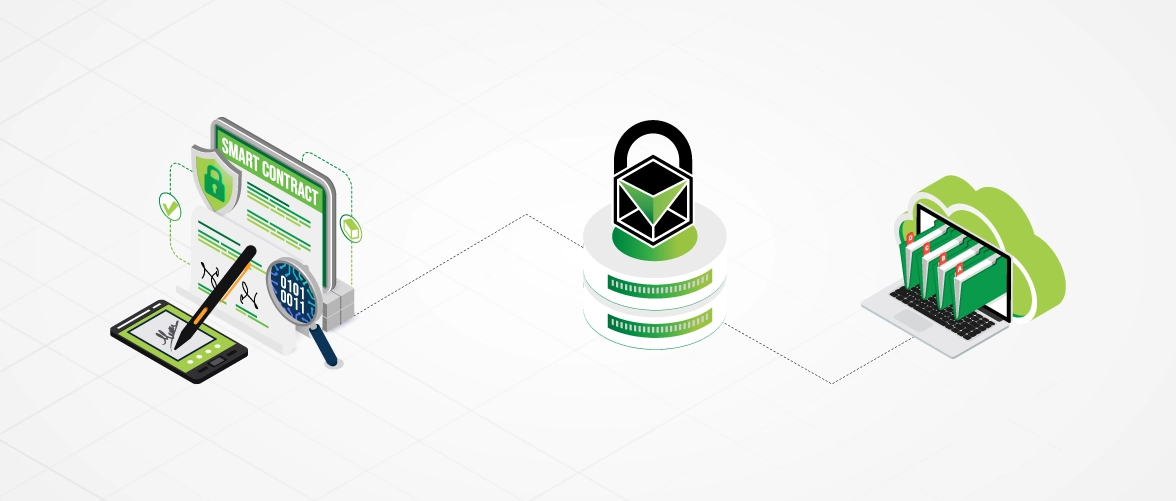Should Blockchain Be The Backbone Of An eSignature Solution? Why?
05 Nov 2024

Should blockchain technology be the backbone of an eSignature? Experts ensure blockchain is important for document transparency. Isn't a digital signature enough? While an electronic signature makes you more productive, you need to know if blockchain is necessary or not. But, what is the problem?
The problem is about security. Although we have a brief idea of what an eSignature is and its usability, there's a lot left unknown. And in that case, there's a chance you can get tricked. A small trick can feel trivial, but no one wants to lose time and money on something so trivial. Right?
A healthcare organization, law firm, etc., and their legal health might depend on the signed agreements with their clients. It would be best if you had them safe. Right? While the federal esign act has legally accepted eSignatures and given them equal status, the law does not treat all electronic contracts equally. Then, what should you do?
In this blog, we will understand the distinctions that influence an eSignature.
How Does Blockchain Work?
Let us put it simply. A blockchain is an electronic record of all your transactions. While traditional papers are stuffed in a file and kept in a secure, centralized location, we maintain an electronic one across the network of computers. But how does that make it safe? Right?
In this case, data is not stored in its original form. We reserve it in the form of a cryptographic fingerprint. These fingerprints are unique. They are also tied to an electronic file or some kind of digital data, securing it entirely.
Now, let us get to the part that explains the security. Once you add the data or these fingerprints, you can not alter it anymore. So, you can now only add data to it. However, this action would be time-stamped and recorded constantly.
Thus, the blockchain is tamper-evident.
Also, when you add a new data point, it gets verified by the previous one first. So this adds strong security and creates an entire ledger of long transactions. The record is more tamper-proof now. Thus, you can not improperly manipulate or forge it either.
So How Can We Sign An eSignature Securely?
We all have to agree the eSign got here to stay long. Its superiority in increasing productivity, accessibility and convenience when comparing it to a hard copy is clear. It is more productive in every way, and more and more companies are adopting eSignature solutions. What is the problem then?
The only point of concern that we need to talk about is that it is easy to alter an electronic record. That was not the case with the traditional ones. While it is a genuine problem that concerns all of us, blockchain is here to address it.
Have you heard about the term unhackable? Blockchain is the closest technology to achieving that. Electronic records are not the same as the data that is being shared and stored. This fact gives it the highest level of security. How are you supposed to alter or hack the information when you can't even get the data?
So, when you scan a blockchain record, you would never find a digital record of any important or compromising document. You will only come across a digital fingerprint that is unique and tied to the digital file or the paper. It is useless if you put it to function outside the blockchain. Also, you can not go back to it even if you want to reconstruct it.
So Should Blockchain Technology Be The Backbone Of An eSignature Solution?
You can see how great blockchain technology is for an electronic signature solution. It changes the way we look at the process and leaves us with no concerns left. We want productivity, document transparency, and scalability, but how can we compromise security here? So, blockchain is the future of technology. And for electronic signature systems, blockchain works as the backbone.